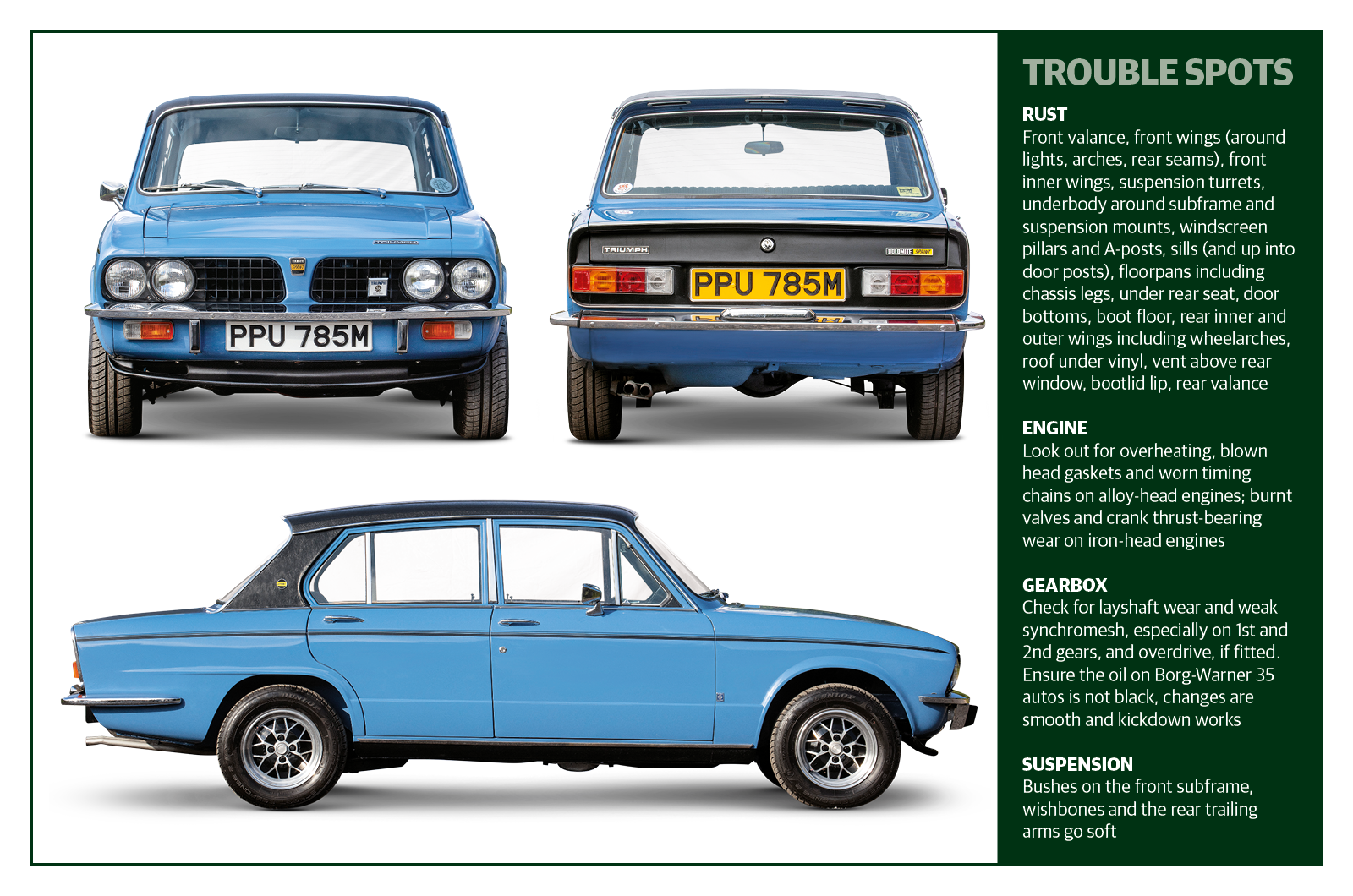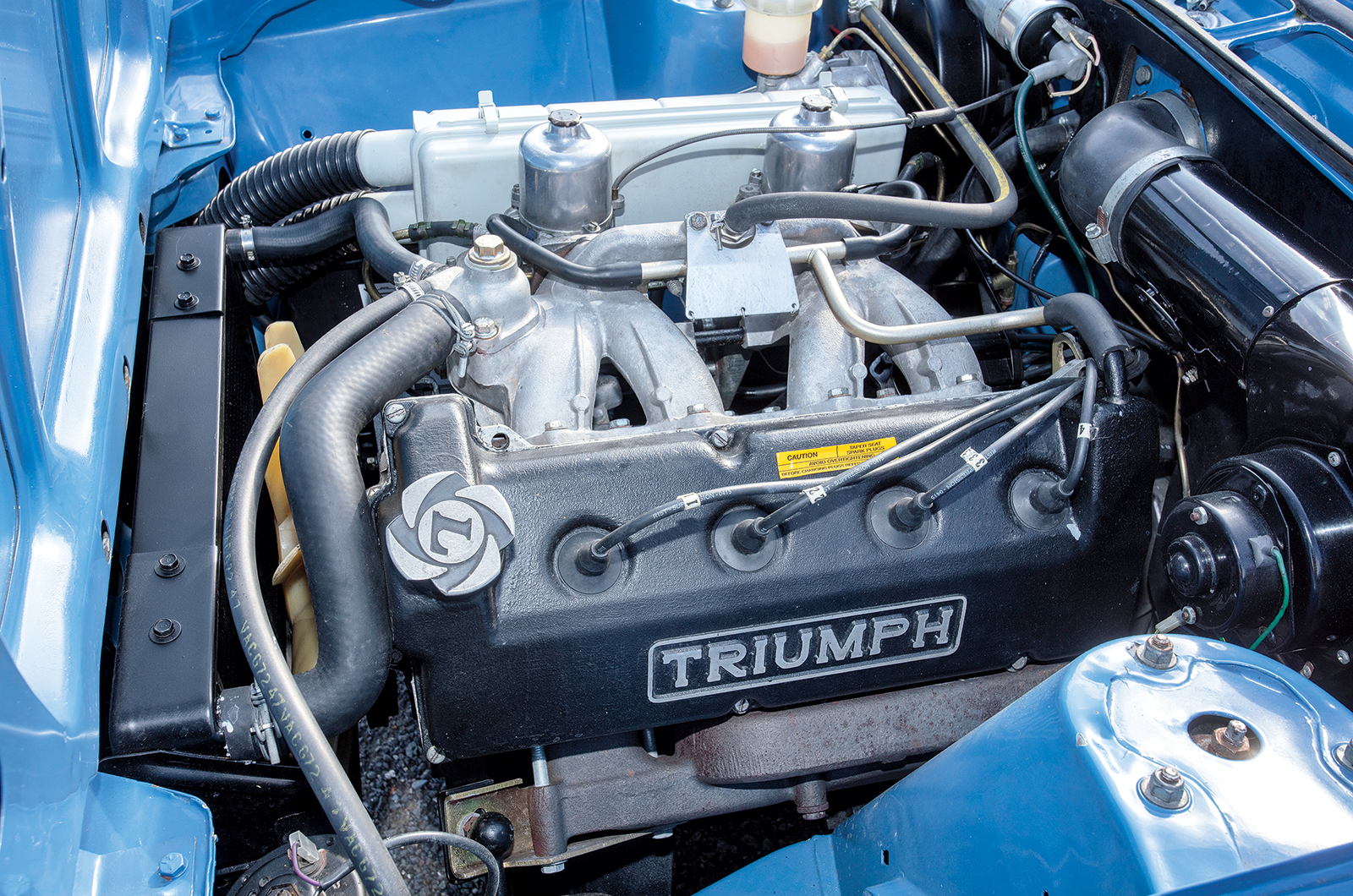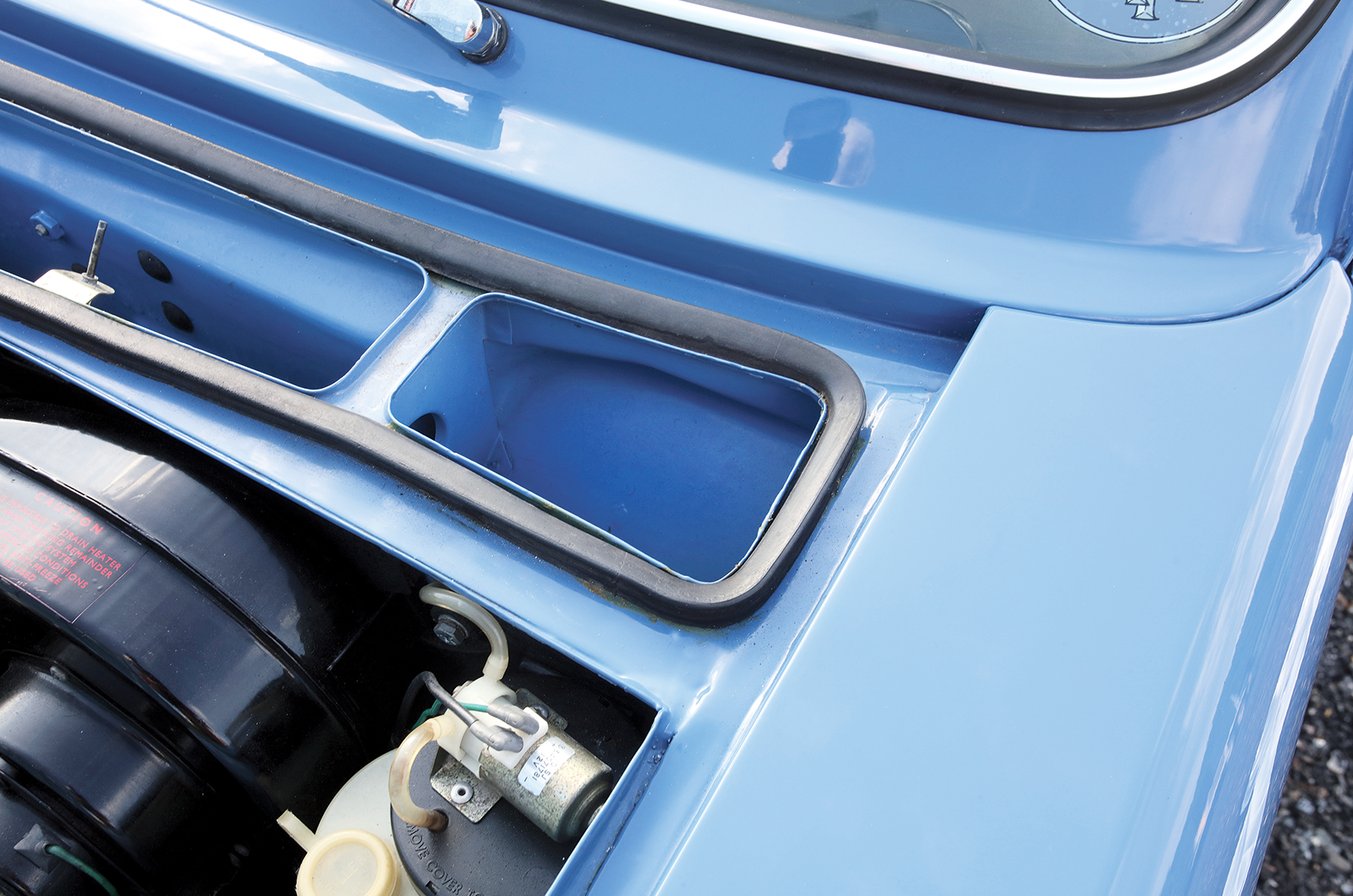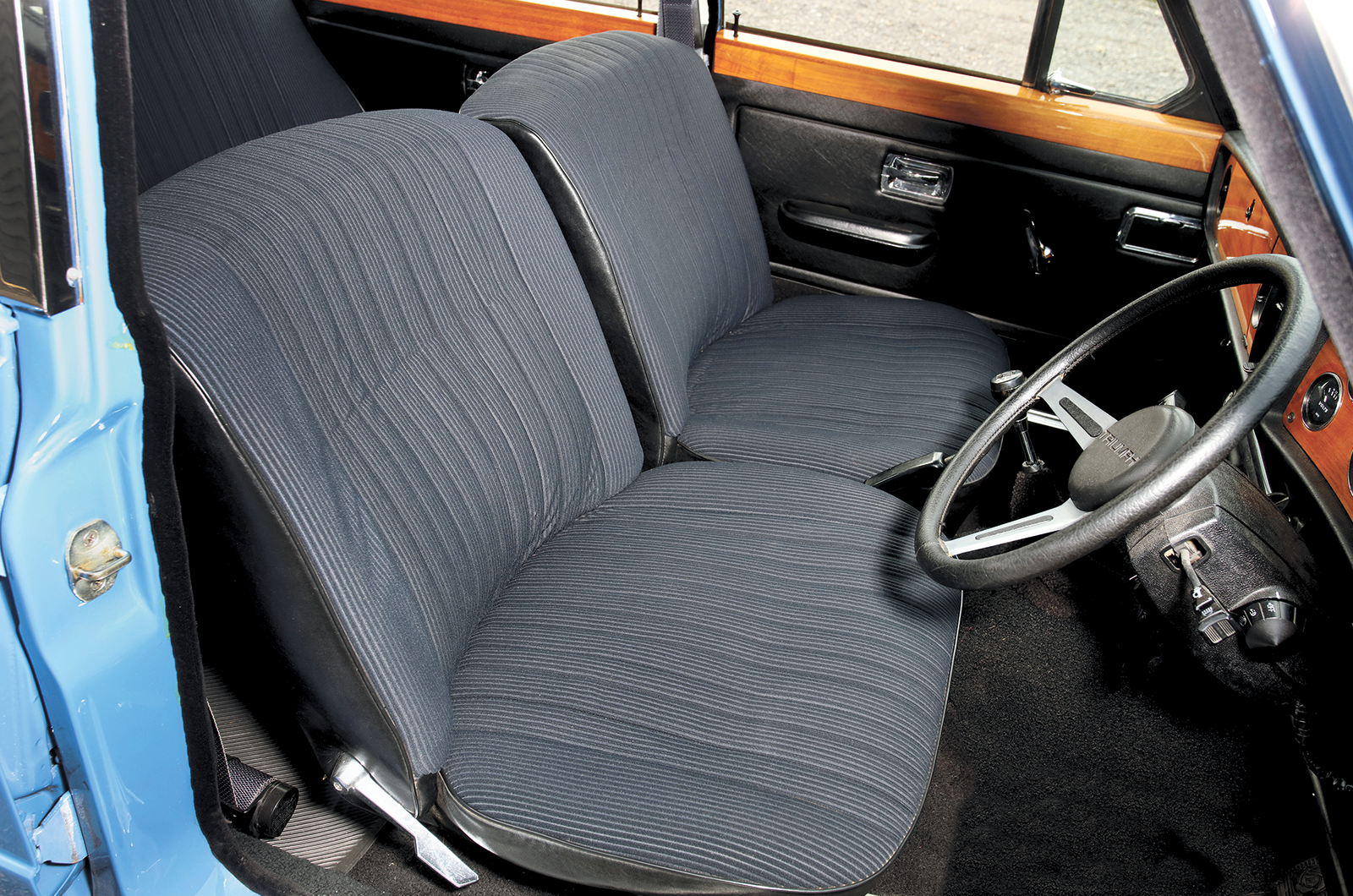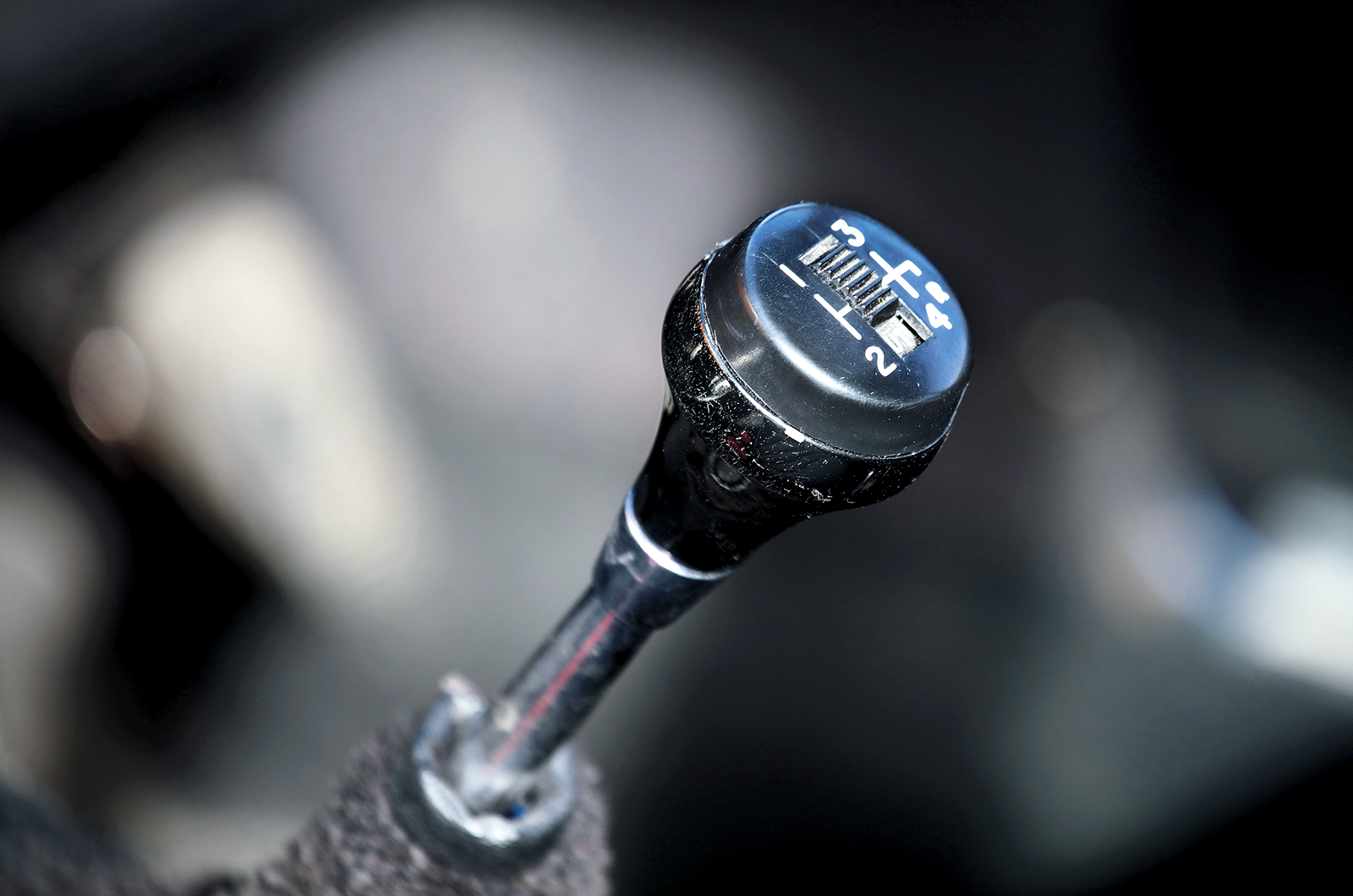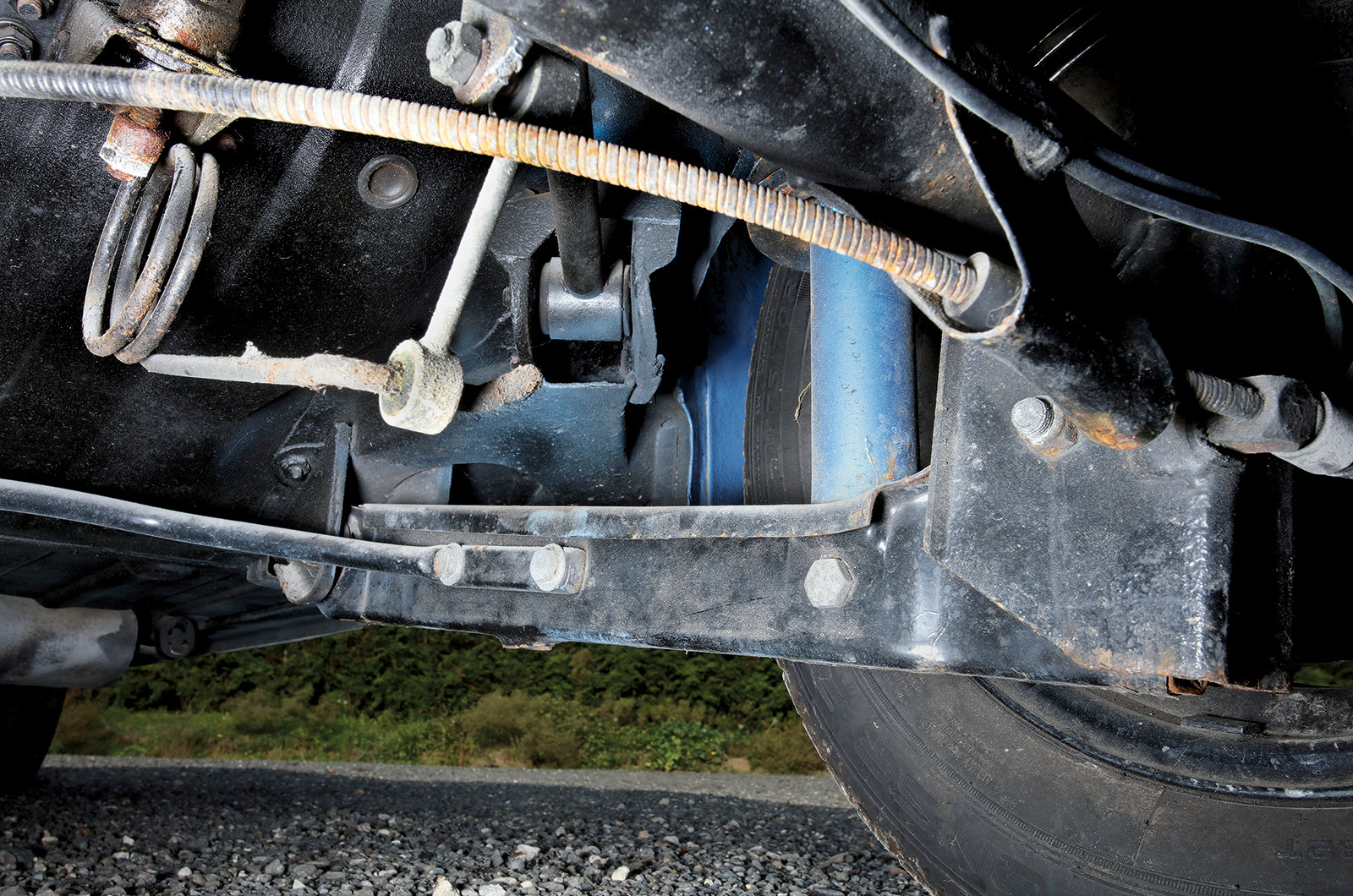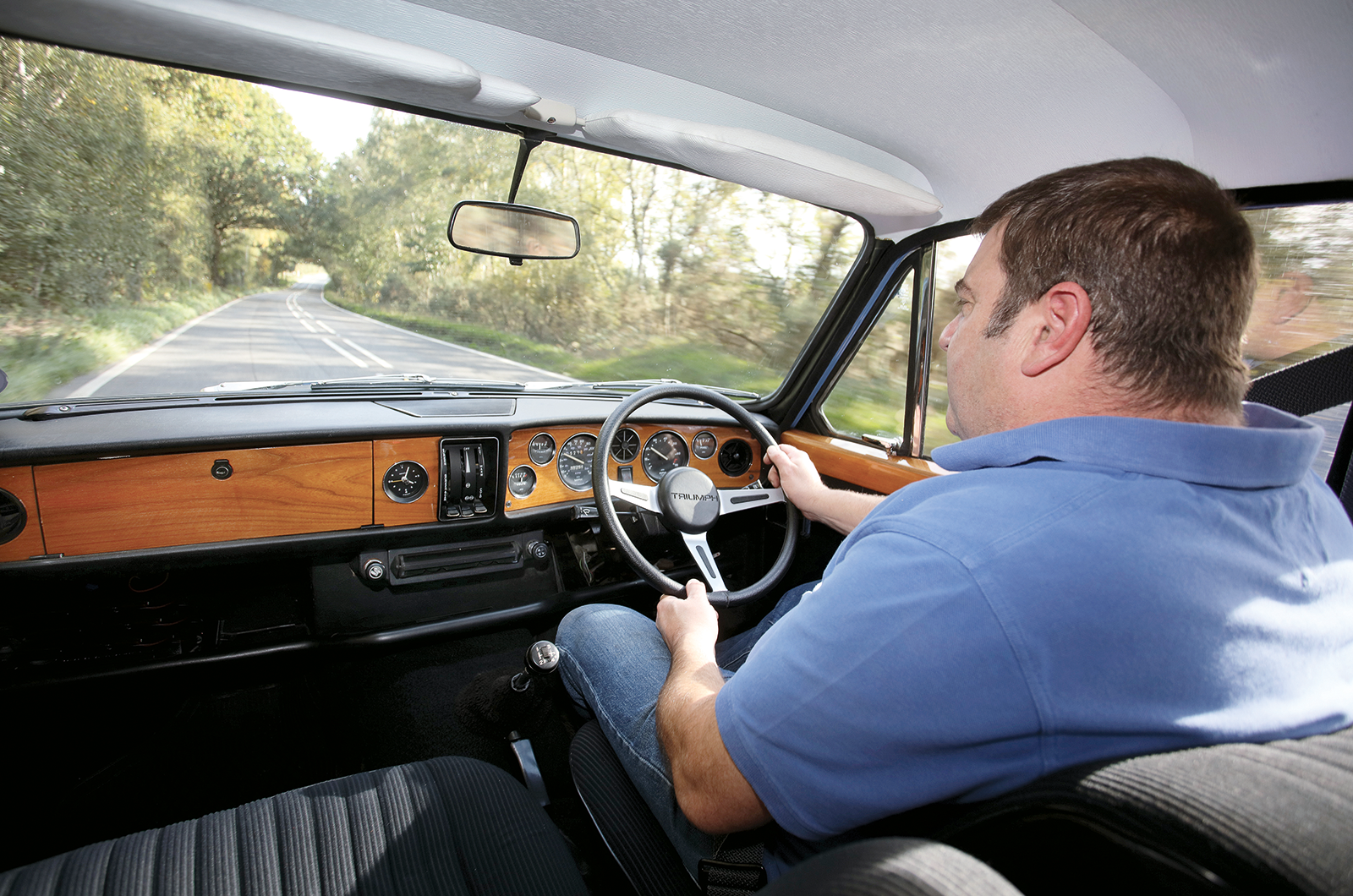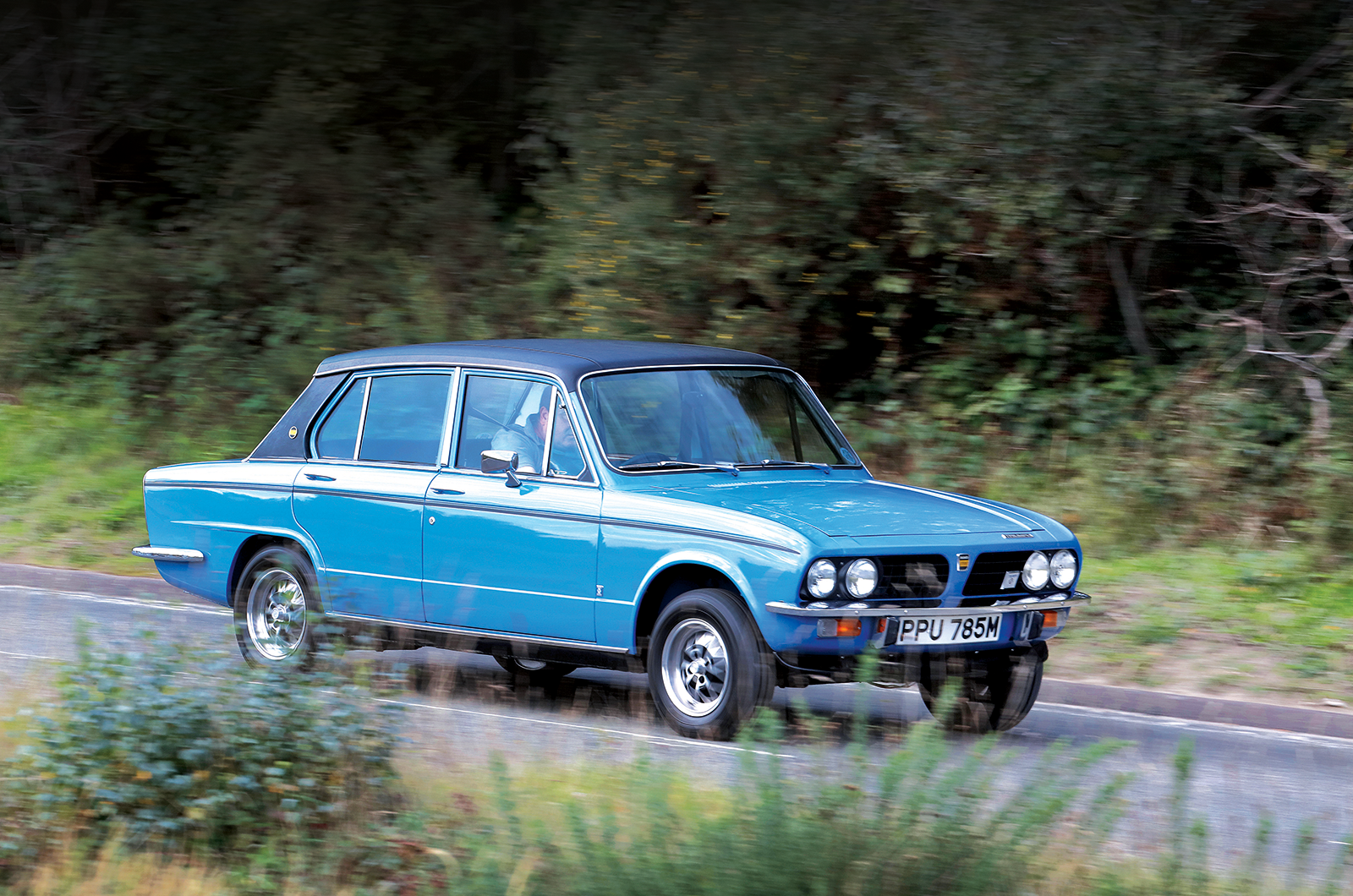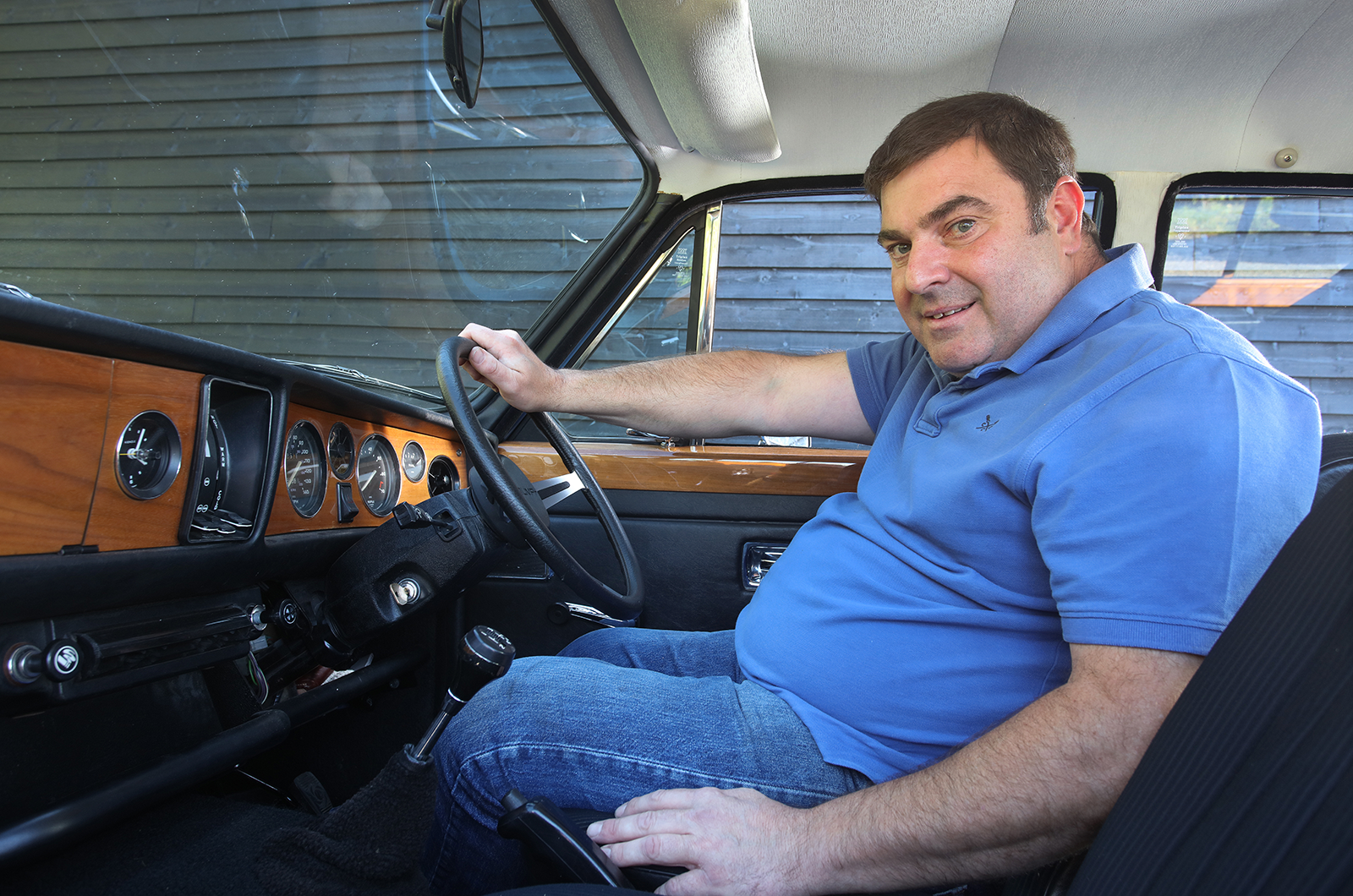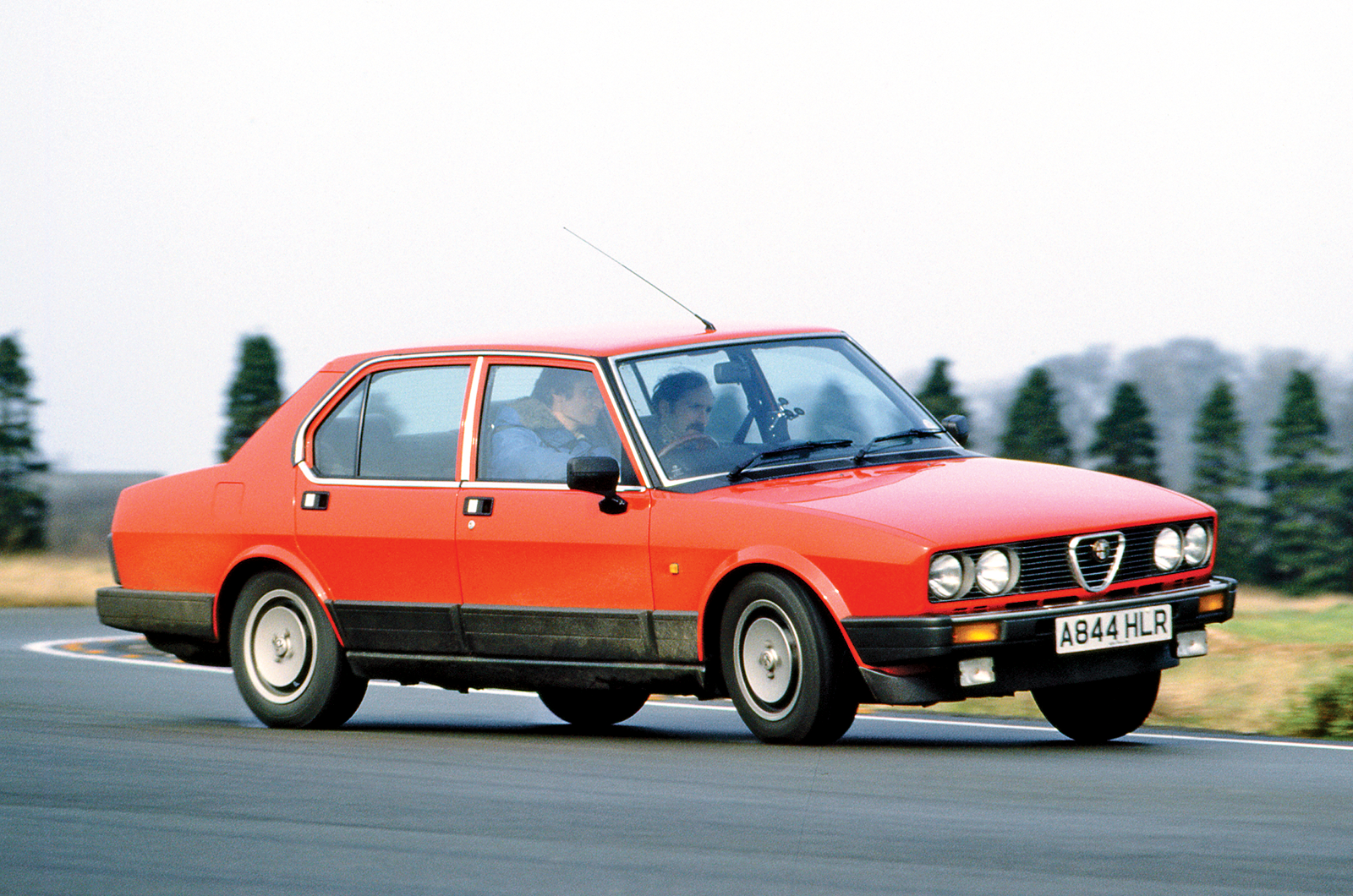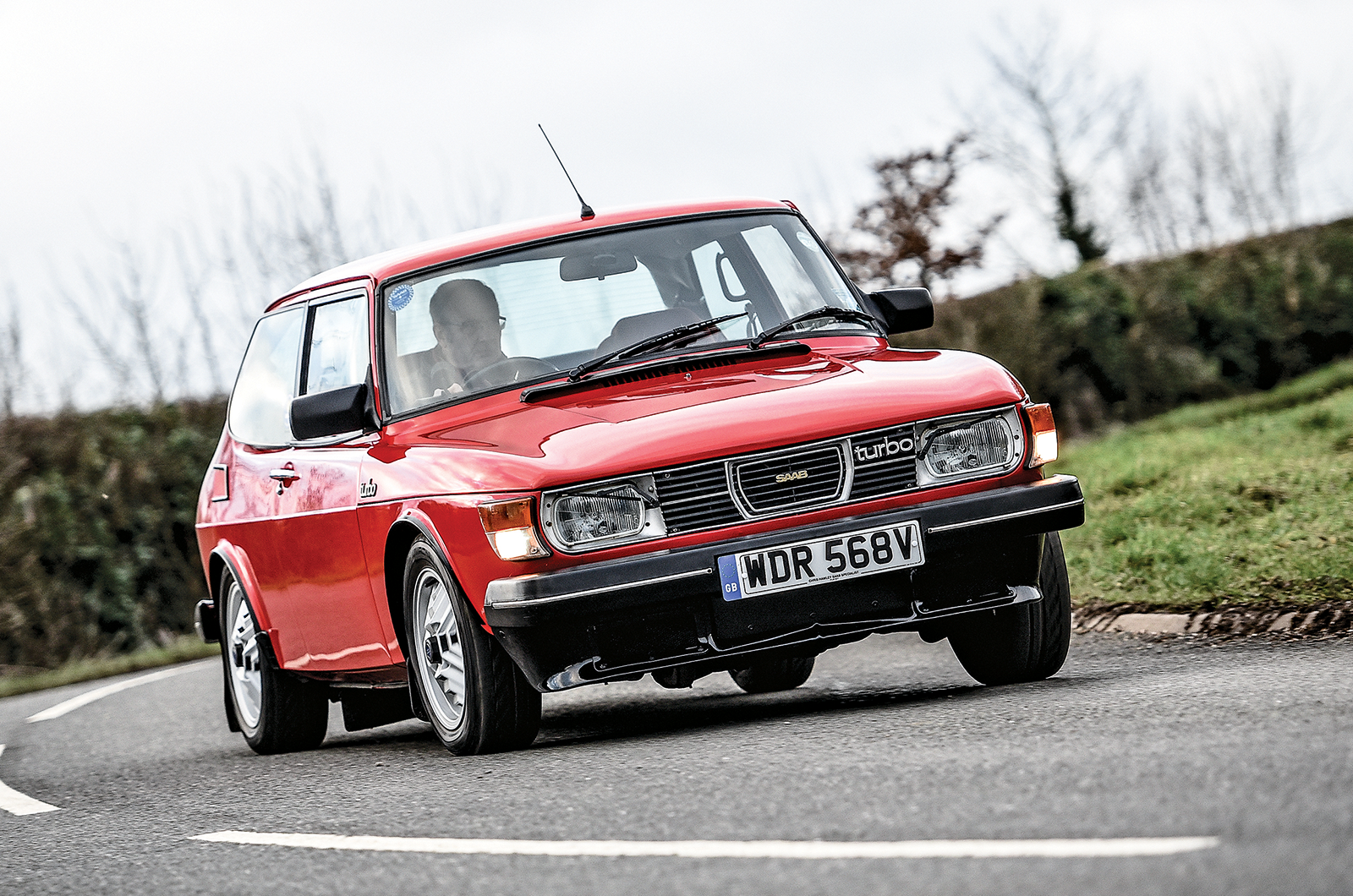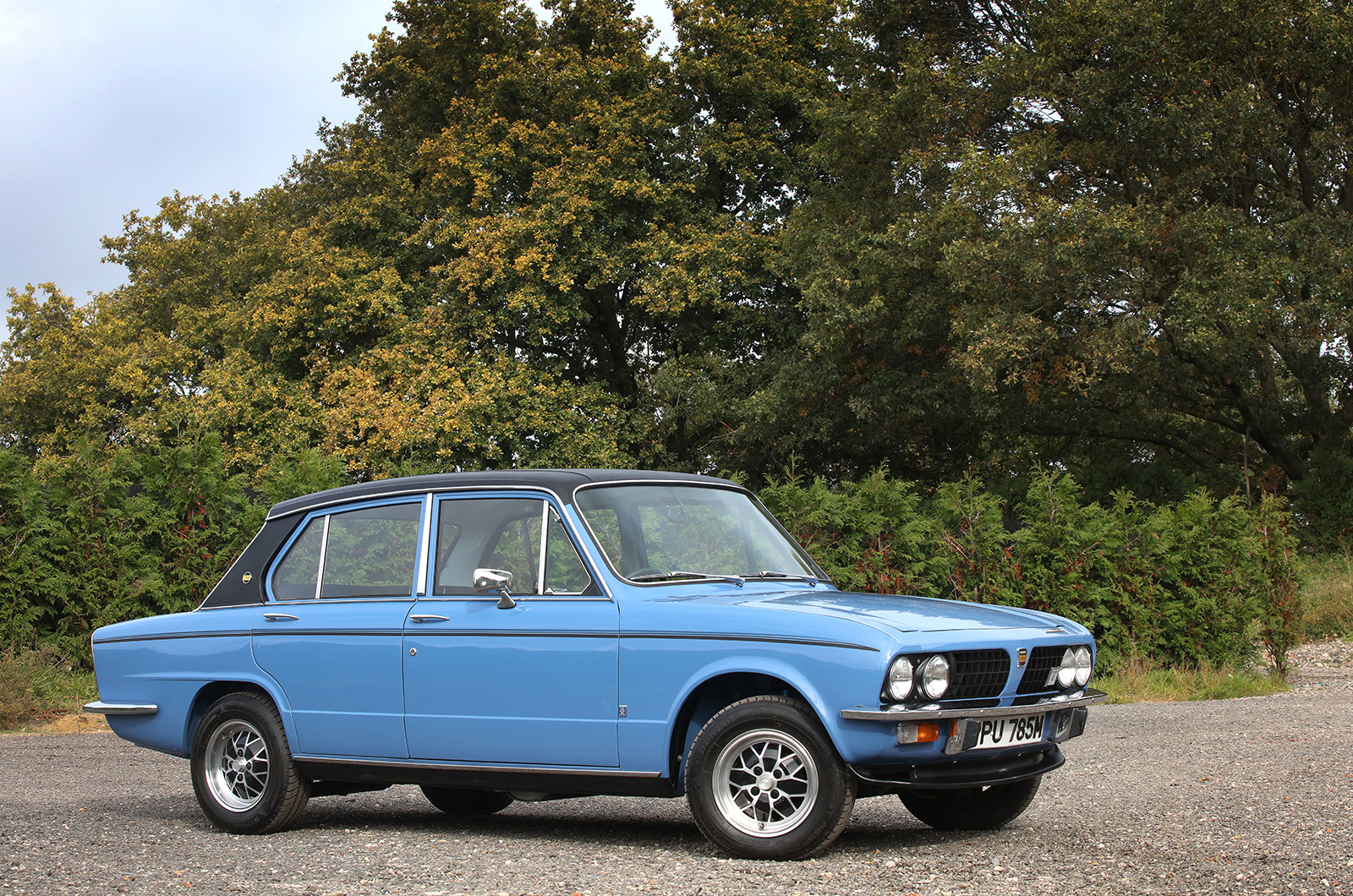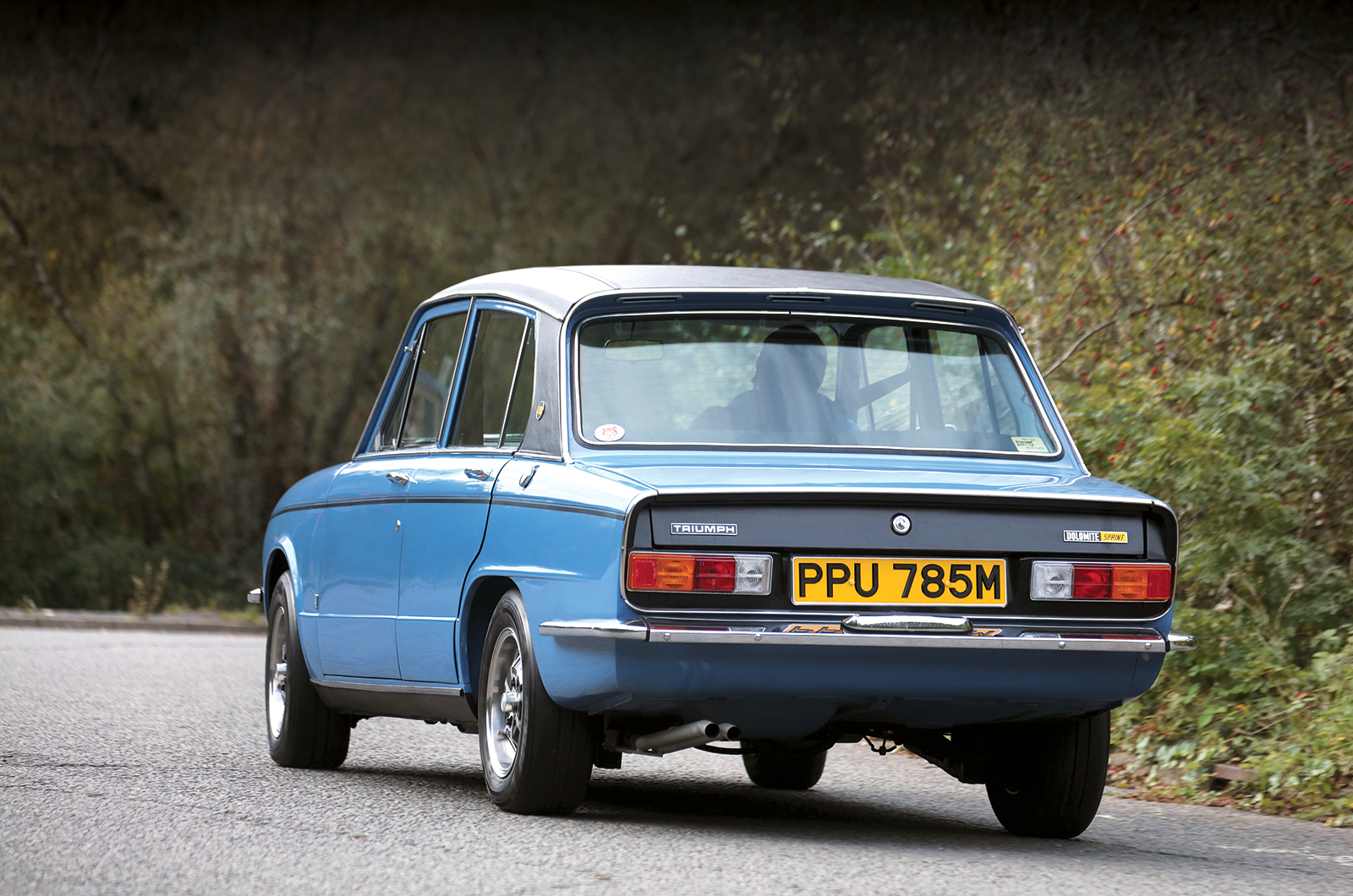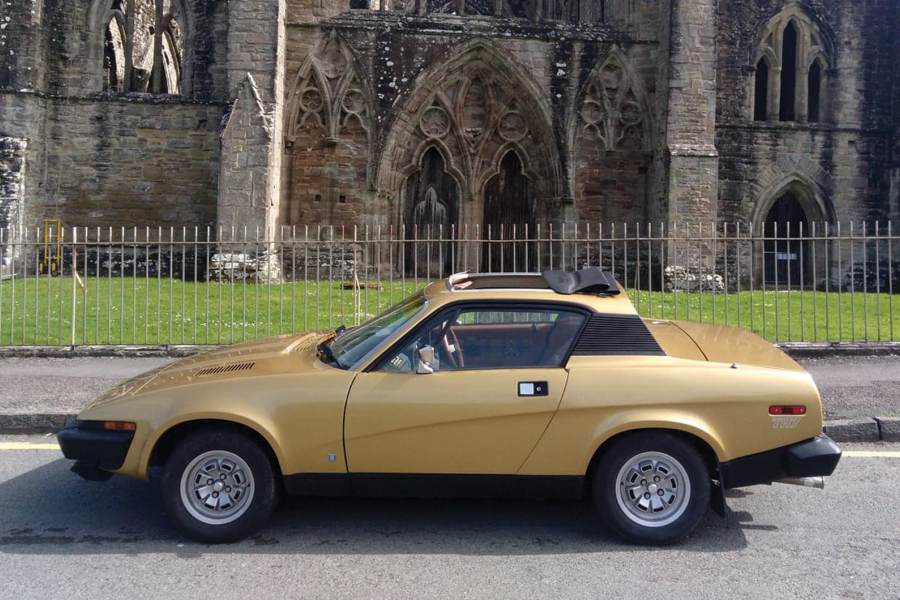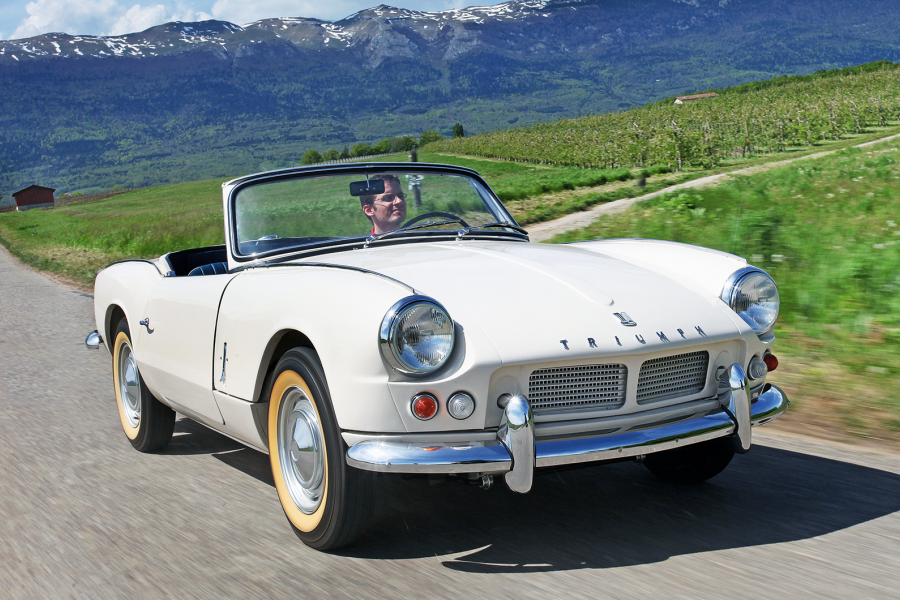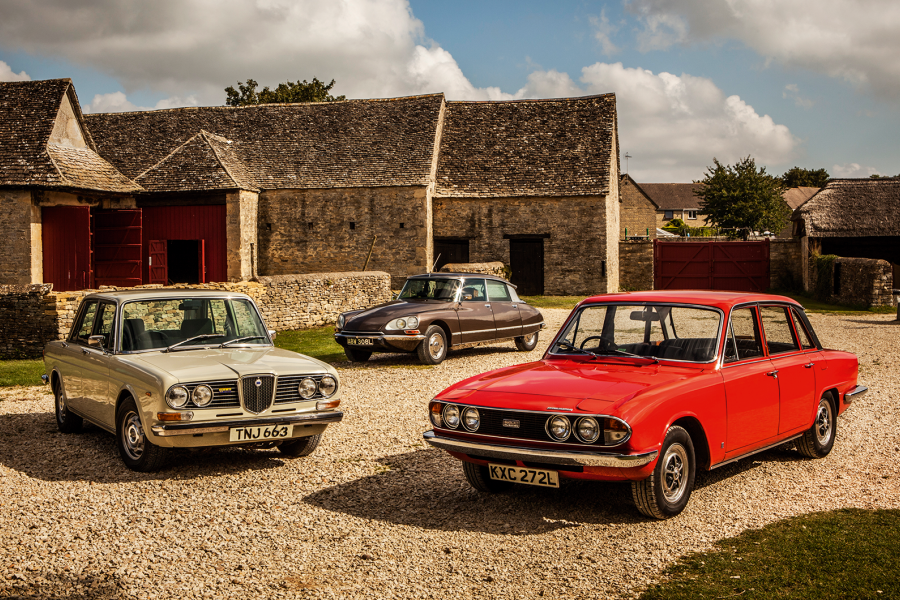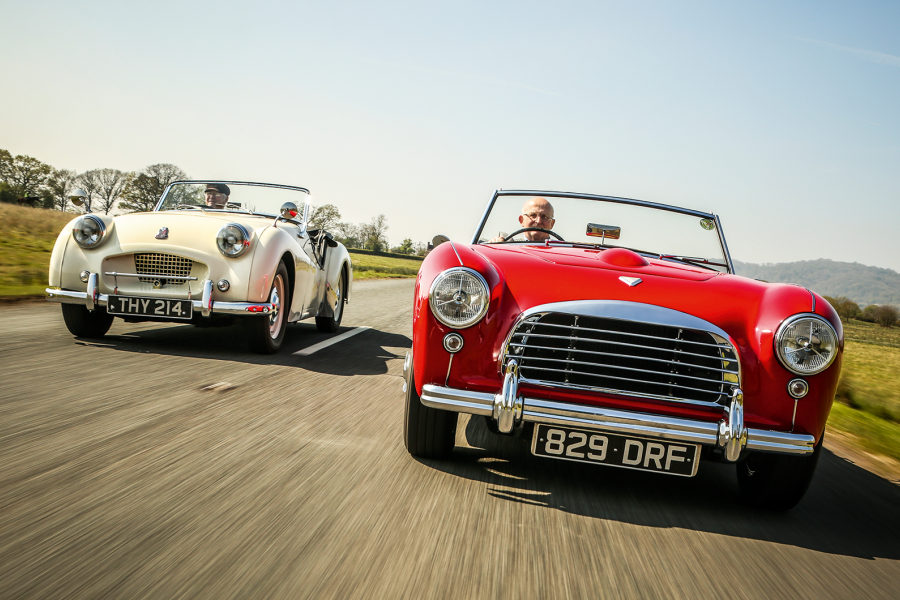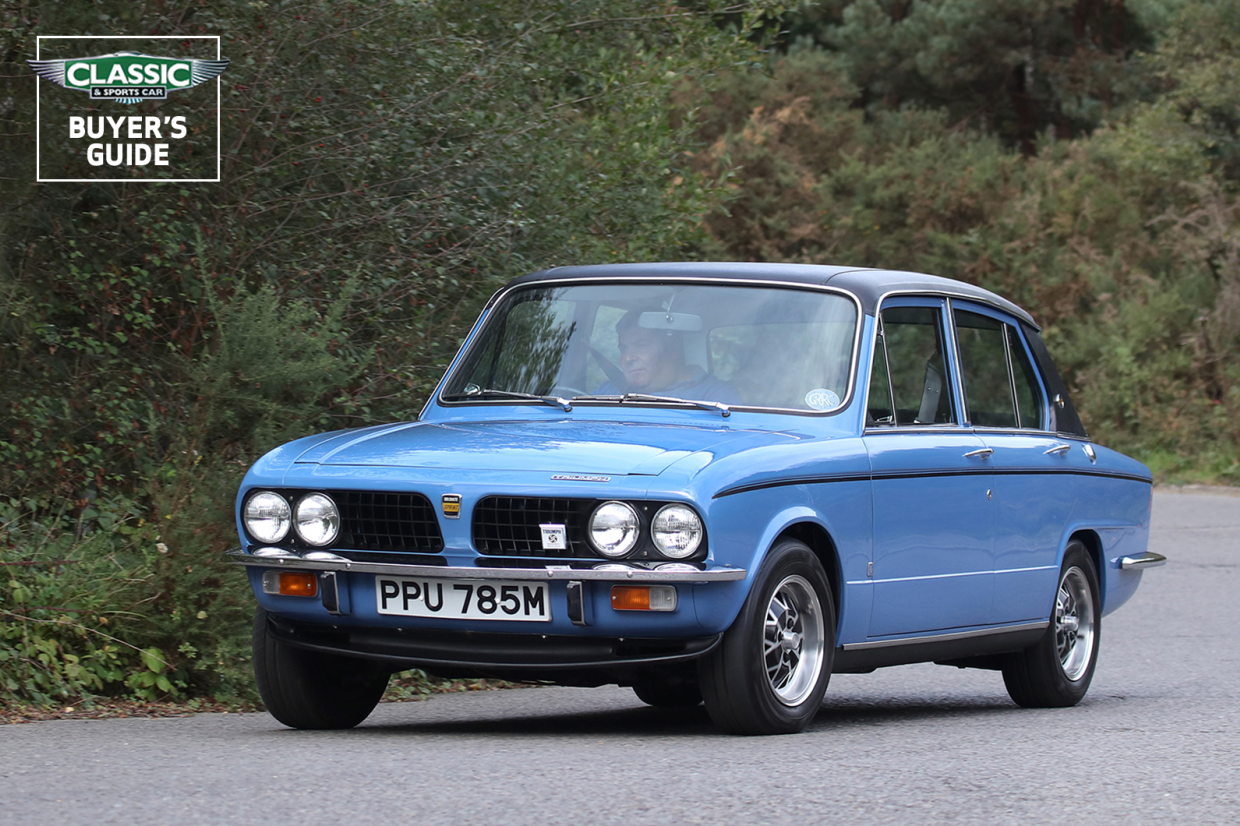
Why you’d want a Triumph Dolomite
Always battling to match sales volumes with development costs, Triumph was good at making cars with innovative features despite some apparently backward steps.
The Dolomite sprang from, and succeeded, the front-wheel-drive 1300, but production costs and frictional simplicity dictated it take the form of a front-engined/rear-drive car.
Giovanni Michelotti styled cars for everyone from Ferrari to Hino of Japan, but is probably best known for his Triumphs, and the Dolomite was a particular success – handsome, well-proportioned and unostentatious.
The interior was appealing and, despite a smallish boot, road testers loved it.
ʻBy any standards, let alone those in its price range, the Dolomite is a very comfortable car, particularly for the driver,ʼ enthused Motor in 1972. ʻThe layout of the controls and the range of seat adjustment are an object lesson to all other manufacturers.ʼ
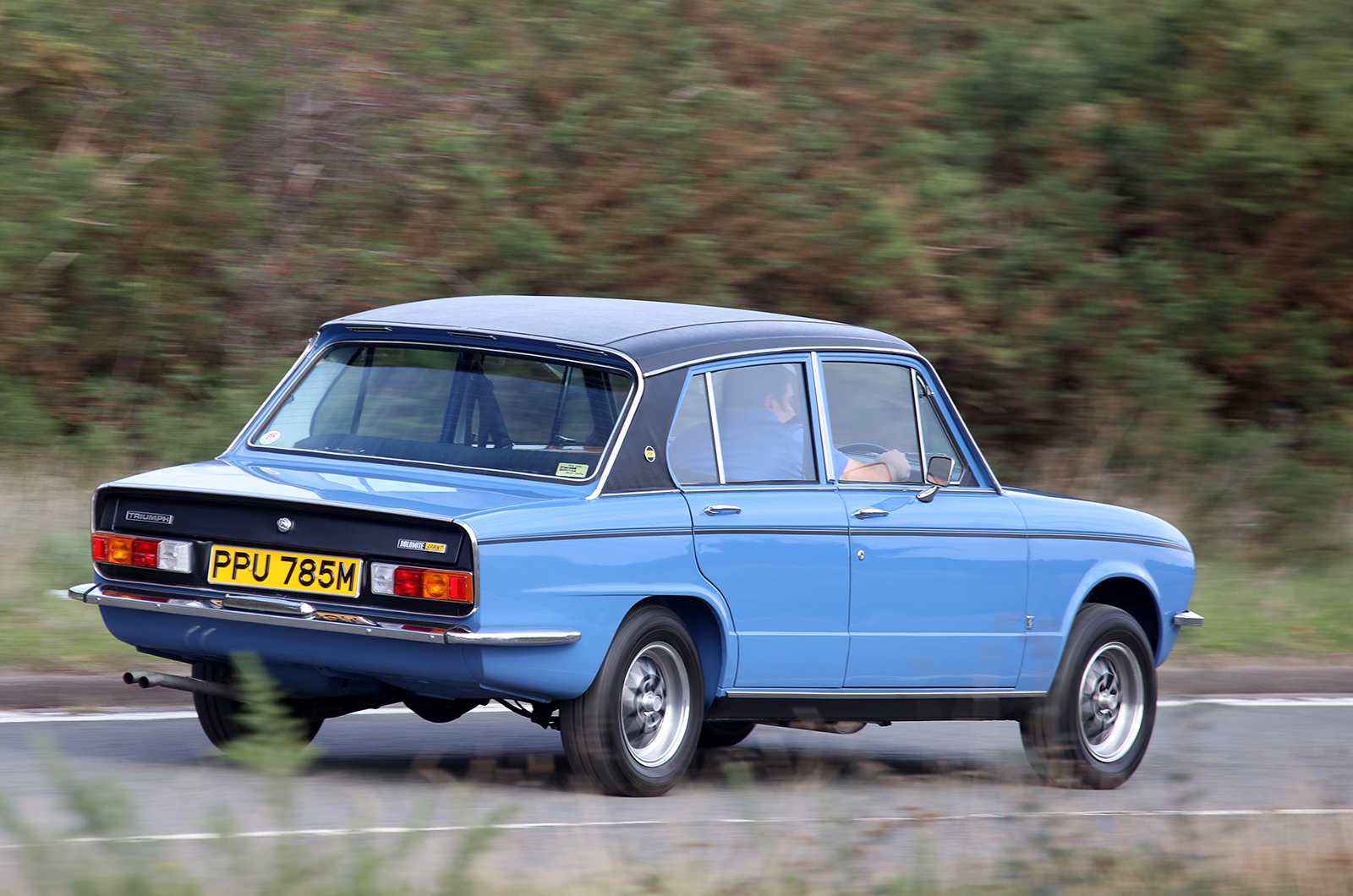
The 1973 Sprint was a brilliant range-topper, successful in both racing and rallying, with innovations led by its 16-valve engine, the first for a popular British saloon and featuring a clever single-cam operation using the same eight cam lobes to operate the inlet valves directly and the exhaust valves via rockers.

